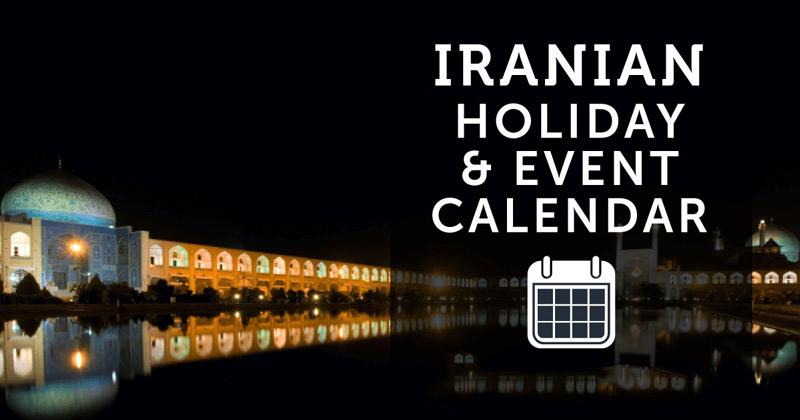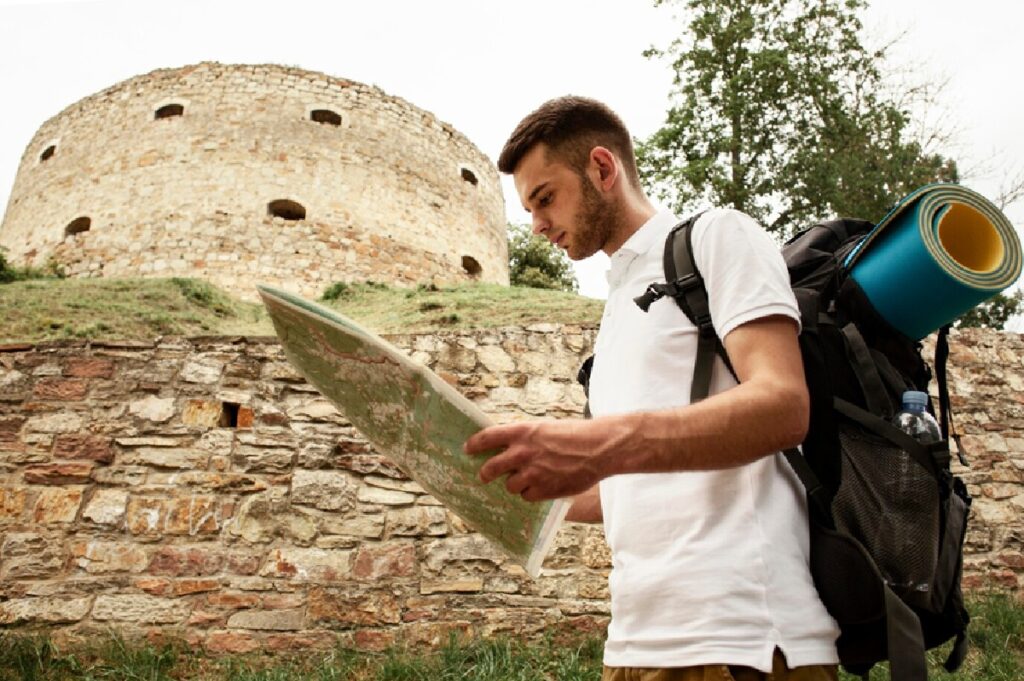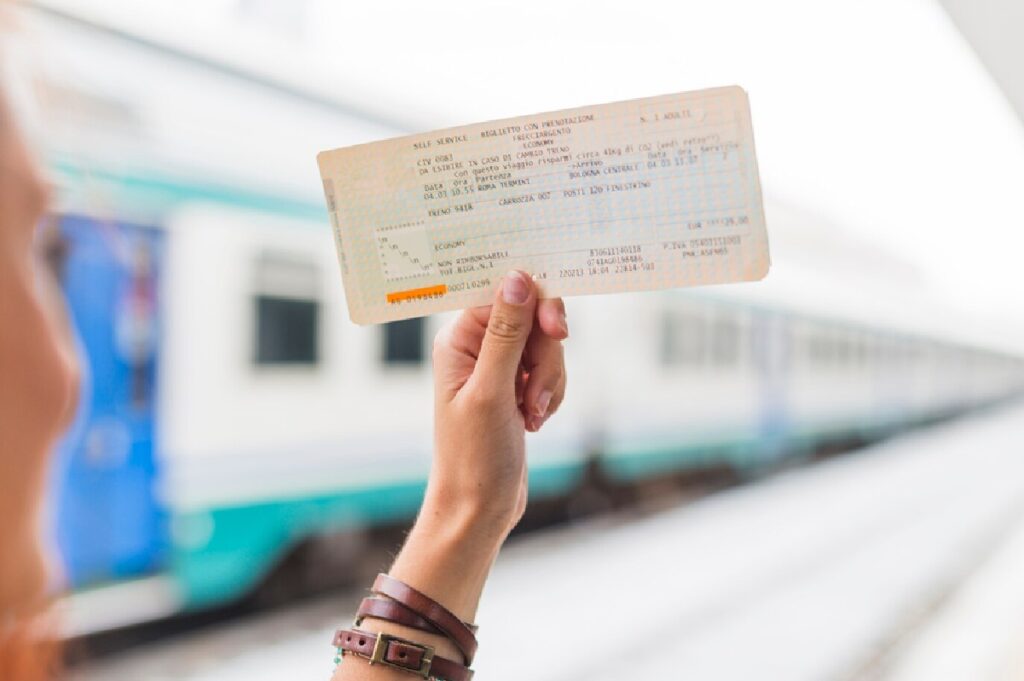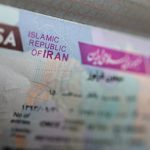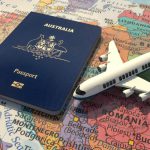Iran, a country rich in history, culture, and natural beauty, offers a unique experience for tourists. To make the most of your visit, it is essential to be aware of the official holidays in Iran that may impact the availability of services and attractions during your trip. There are many holidays but all are not affecting your visit. Saying in short the holidays that may affect your visit are listed in the below box; only on these dates all the tourist attractions and museums are NOT working:
| Occasion | 2024 |
| Martyrdom of Imam Ali | 1st of April |
| Martyrdom of Imam Jafar | 5th of May |
| The demise of Imam Khomeini | 3th-4th of June |
| Tasooa and Ashoora | 16th-17th of July |
| Arba’in | 25th of August |
| Demise of Prophet | 2nd of September |
Here is a guide to some of the other significant official holidays in Iran that you need to be aware of to book the services in advance:
Nowruz (Persian New Year)
Another official holidays in Iran is Nowruz. Nowruz is a 13-day celebration that marks the beginning of the Persian New Year. Falling on the first day of spring, usually around March 20th, Nowruz is the most important holiday in Iran. During this time, Iranians engage in various customs and traditions that create vibrant street festivities, including music, dancing, and traditional performances. Nowruz is the time when most travels of Iranians happen, so all the tourist infrastructures are busy.
Read more: Nowruz Persian New Year, All to Know
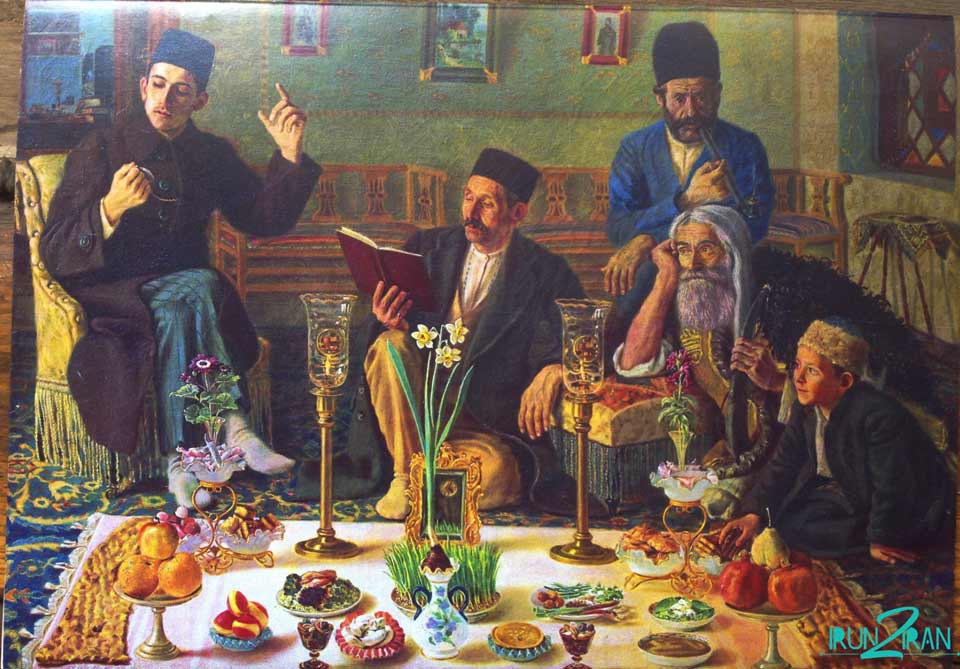
Eid al-Fitr (End of Ramadan)
Eid al-Fitr, also known as the “Festival of Breaking the Fast,” marks the end of Ramadan, the holy month of fasting for Muslims. The date of this holiday varies each year based on the Islamic lunar calendar. The 2-day official holidays of Eid al-Fitr is a good opportunity for Iranians to travel, so think about booking your services before.
Read more: Traveling to Iran During Ramadan: Cultural Insights and Tips
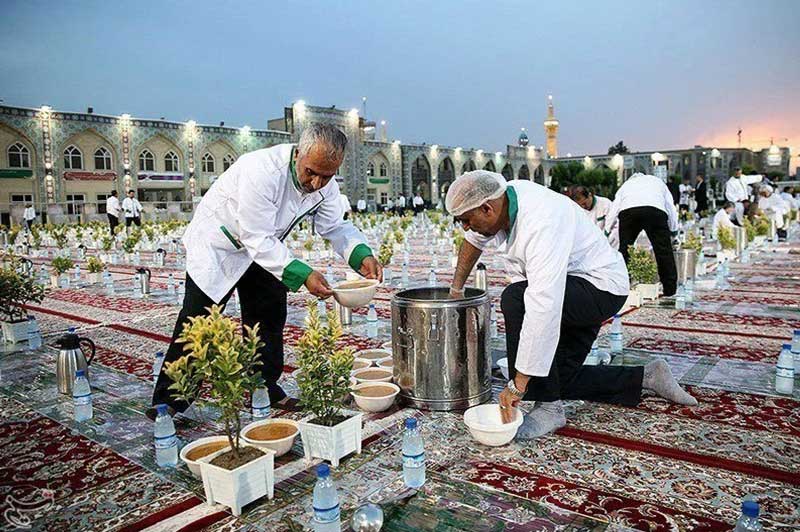
Eid al-Adha (Feast of Sacrifice)
Eid al-Adha, known as the “Sacrifice Feast,” commemorates the willingness of Ibrahim (Abraham) to sacrifice his son as an act of obedience to God. This holiday also follows the Islamic lunar calendar, falling approximately 70 days after Eid al-Fitr. This feast is mostly celebrated by the Sunni people of the south of Iran. So if you are visiting Qeshm island, you can celebrate it with locals and participate in charitable activities during this time.
Read more: Currency Exchange in Iran: A Guide for Tourists
Ashura & Tasua
Ashura & Tasua is a significant day of mourning for Shia Muslims, commemorating the martyrdom of Imam Hussein, the grandson of Prophet Muhammad. Falling on the 9th & 10th day of Muharram, the first month of the Islamic calendar, Ashura is observed with processions, and passion plays called “Ta’zieh.” Ashura offers tourists a chance to witness the religious rituals of the Shia people.
Read more: Dress code in Iran: Unveil or not?
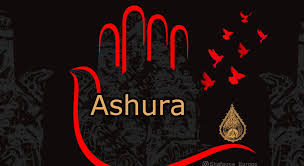
It is important to note that during official holidays, some businesses, government offices, and tourist attractions may have altered schedules or be closed. Therefore, it is advisable to plan your visit accordingly and make necessary arrangements in advance.
By being aware of these official holidays in Iran, tourists can immerse themselves in the cultural fabric of the country, witness traditional celebrations, and create unforgettable memories during their visit.
Let us know your experiences of visiting or your questions about the Persian holidays in Iran in the comment box below, we will be happy to hear from you!
Ashura & Tasua
Ashura & Tasua is a significant day of mourning for Shia Muslims, commemorating the martyrdom of Imam Hussein, the grandson of Prophet Muhammad. Falling on the 9th & 10th day of Muharram, the first month of the Islamic calendar, Ashura is observed with processions, and passion plays called “Ta’zieh.” Ashura offers tourists a chance to witness the religious rituals of the Shia people.
Read more: Dress code in Iran: Unveil or not?

It is important to note that during official holidays, some businesses, government offices, and tourist attractions may have altered schedules or be closed. Therefore, it is advisable to plan your visit accordingly and make necessary arrangements in advance.
By being aware of these official holidays in Iran, tourists can immerse themselves in the cultural fabric of the country, witness traditional celebrations, and create unforgettable memories during their visit.
Let us know your experiences of visiting or your questions about the Persian holidays in Iran in the comment box below, we will be happy to hear from you!

